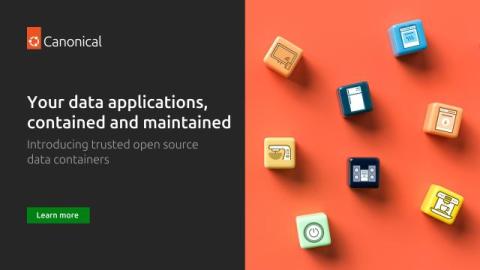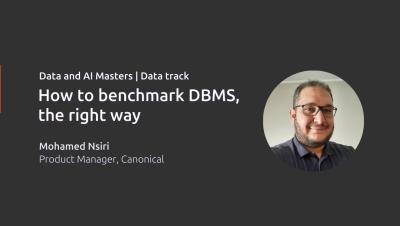What is Defense in Depth and how can you apply it with Ubuntu?
Find out how you can apply a Defense in Depth approach with Ubuntu. Ubuntu’s security offerings are much more than just a collection of tools: they are an ecosystem of layered defenses, each tuned to address specific threat levels and attacker capabilities. By understanding the unique threats each layer counters, you can make informed choices about which defenses are most important for your environment.











